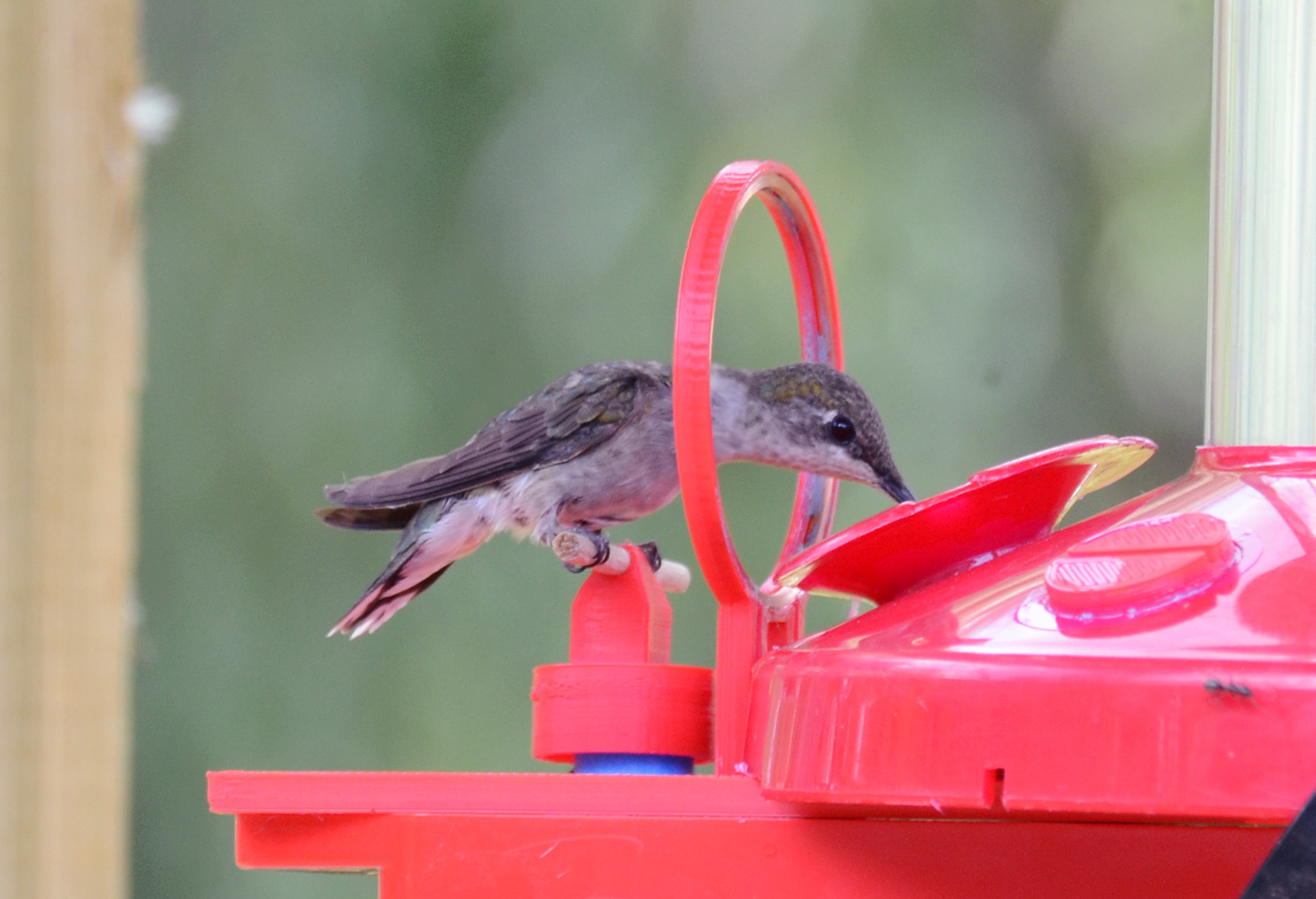Fat vs. sugar: metabolic flexibility and the balance between carbohydrate and lipid metabolism in an avian nectarivore
Kenneth Welch
University of Toronto, Scarborough, Canada
Unlike other vertebrates, nectarivorous hummingbirds can fuel energetically intense hovering flight exclusively via the oxidation of sugars in floral nectar. Yet, despite getting almost all of their calories in the form of simple sugars, small hummingbirds store energy principally as fat, not intramuscular glycogen, and use lipid stores exclusively to fuel flight prior to initiating feeding in the morning, during fasting periods, and, in some species, to fuel long-distance migratory flights. Given their exceptionally high metabolic rates, meeting energy demands exclusively through the oxidation of lipids indicates that these birds have enhanced capacities for the delivery to, and oxidation of lipids within, muscles, while sparing blood sugar. In addition, hummingbirds regularly add 15% or more of their mass in fat between midday and evening, and premigratory individuals can increase mass by ~40% in just four days. Extreme capacities for hepatic lipogenesis and muscle lipolysis are facilitated by hyperphagia, particularly later in the day, and enabled by the high fatty acid synthesis capacity of the liver. Yet, observed rapid rates of de novo lipogenesis from dietary sugar precursors can only be understood in the context of those adaptations that permit rapid mobilization and metabolism of ingested carbohydrates as part of the ‘sugar oxidation cascade’. Further, many questions remain regarding how hummingbirds manage dynamic shifts between lipid and carbohydrate use across multiple time scales, particularly because certain aspects of the insulin/glucagon regulatory axis crucial to understanding mammalian energy homeostasis do not apply.









You must be logged in to post a comment.